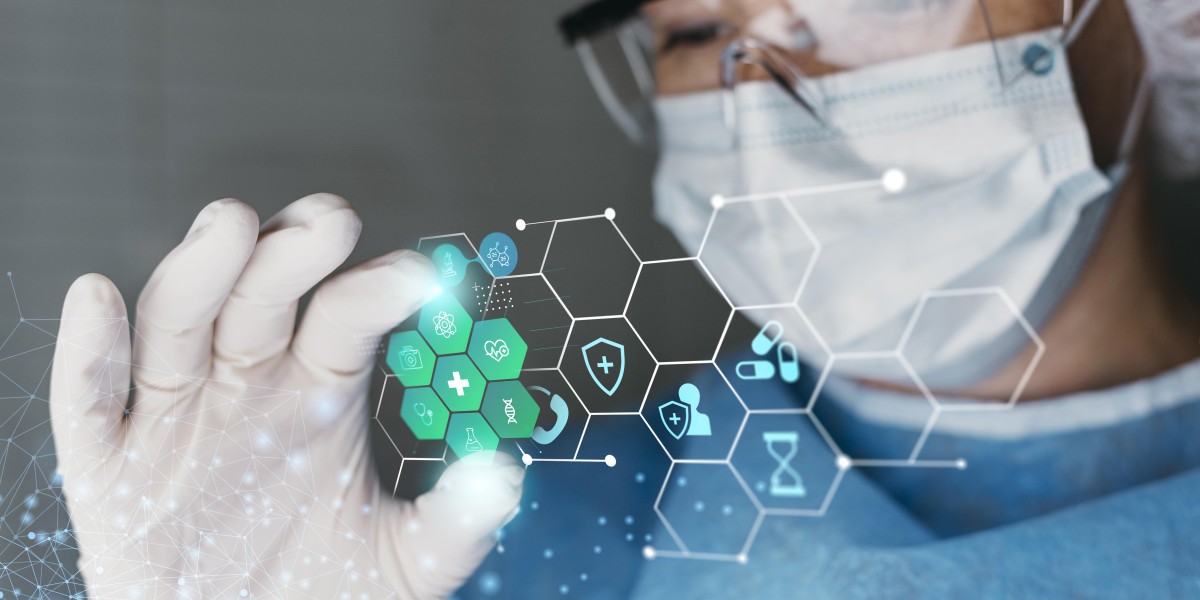Analytical development is a crucial aspect of pharmaceutical and biotechnology industries. It encompasses the processes and methodologies involved in developing reliable, accurate, and reproducible analytical methods to assess the quality, safety, and efficacy of drug substances and products. In this blog, we'll explore the key components of formulation analytical development, its importance, and the challenges faced by professionals in this field.
The Essence of Analytical Development
Analytical development is fundamental to the drug development process. It involves creating and validating analytical methods that are essential for:
- Characterizing Active Pharmaceutical Ingredients (APIs): Understanding the chemical structure, purity, and potency of APIs.
- Assessing Drug Products: Ensuring that the final drug products meet predefined specifications.
- Quality Control: Monitoring the consistency and quality of drugs during manufacturing.
- Regulatory Compliance: Meeting the stringent requirements set by regulatory bodies like the FDA and EMA.
Key Components of Analytical Development
Method Development:
- Objective: Establish robust analytical methods to detect, quantify, and analyze the components of a pharmaceutical product.
- Techniques: Various techniques like High-Performance Liquid Chromatography (HPLC), Gas Chromatography (GC), Mass Spectrometry (MS), and Nuclear Magnetic Resonance (NMR) are utilized.
Method Validation:
- Purpose: Confirm that the analytical methods are reliable and produce consistent results.
- Parameters: Accuracy, precision, specificity, sensitivity, reproducibility, and robustness are validated.
Stability Testing:
- Goal: Determine how the quality of a drug substance or product varies with time under the influence of environmental factors such as temperature, humidity, and light.
- Outcome: Provides data for establishing shelf life and storage conditions.
Regulatory Documentation:
- Importance: Comprehensive documentation of the analytical methods and their validation is critical for regulatory submissions.
- Content: Includes method development reports, validation protocols and reports, stability data, and standard operating procedures (SOPs).
Importance of Analytical Development
Ensuring Drug Safety and Efficacy
Analytical development ensures that drugs are safe for consumption and perform as intended. Accurate analytical methods help in detecting impurities, degradation products, and ensuring that the active ingredient is present in the correct dosage.
Supporting Drug Approval and Market Access
Regulatory agencies require detailed analytical data to approve new drugs. Robust analytical methods and thorough validation are essential for gaining regulatory approval and bringing new drugs to market.
Enhancing Manufacturing Quality
During the manufacturing process, consistent analytical methods are vital for quality control. They help in monitoring the production process, ensuring that each batch of drug meets the required standards.
Facilitating Research and Development
In R&D, analytical methods are used to study the pharmacokinetics, bioavailability, and metabolic pathways of new drugs. This information is crucial for optimizing drug formulations and dosing regimens.
Challenges in Analytical Development
Rapid Technological Advancements
Keeping pace with rapid advancements in analytical technologies can be challenging. Continuous learning and adaptation are required to incorporate new techniques and instruments into existing workflows.
Regulatory Compliance
Navigating the complex regulatory landscape is a significant challenge. Each regulatory agency may have different requirements, and staying compliant requires meticulous attention to detail and thorough documentation.
Sample Complexity
Pharmaceutical samples can be highly complex, containing multiple components and potential impurities. Developing methods that can accurately analyze such complex matrices is often difficult.
Resource Constraints
Analytical development requires significant resources, including skilled personnel, sophisticated instruments, and adequate funding. Balancing these resources efficiently is crucial for timely and successful method development.
Future Trends in Analytical Development
Integration of Artificial Intelligence and Machine Learning
AI and ML are increasingly being integrated into analytical development to enhance method development, optimize processes, and predict outcomes. These technologies can significantly reduce development time and improve accuracy.
Automation and High-Throughput Screening
Automation and high-throughput screening are revolutionizing analytical development. They allow for faster and more efficient analysis of large numbers of samples, accelerating the drug development process.
Advanced Analytical Techniques
Emerging techniques such as Ultra-High-Performance Liquid Chromatography (UHPLC), tandem mass spectrometry (MS/MS), and next-generation sequencing (NGS) are pushing the boundaries of what is possible in analytical development.
Conclusion
Analytical development is a cornerstone of the pharmaceutical and biotechnology industries, ensuring that drugs are safe, effective, and of high quality. While it presents several challenges, the integration of advanced technologies and continuous innovation hold great promise for the future. As the field evolves, staying abreast of new developments and maintaining rigorous standards will be key to success in this critical area of drug development.









